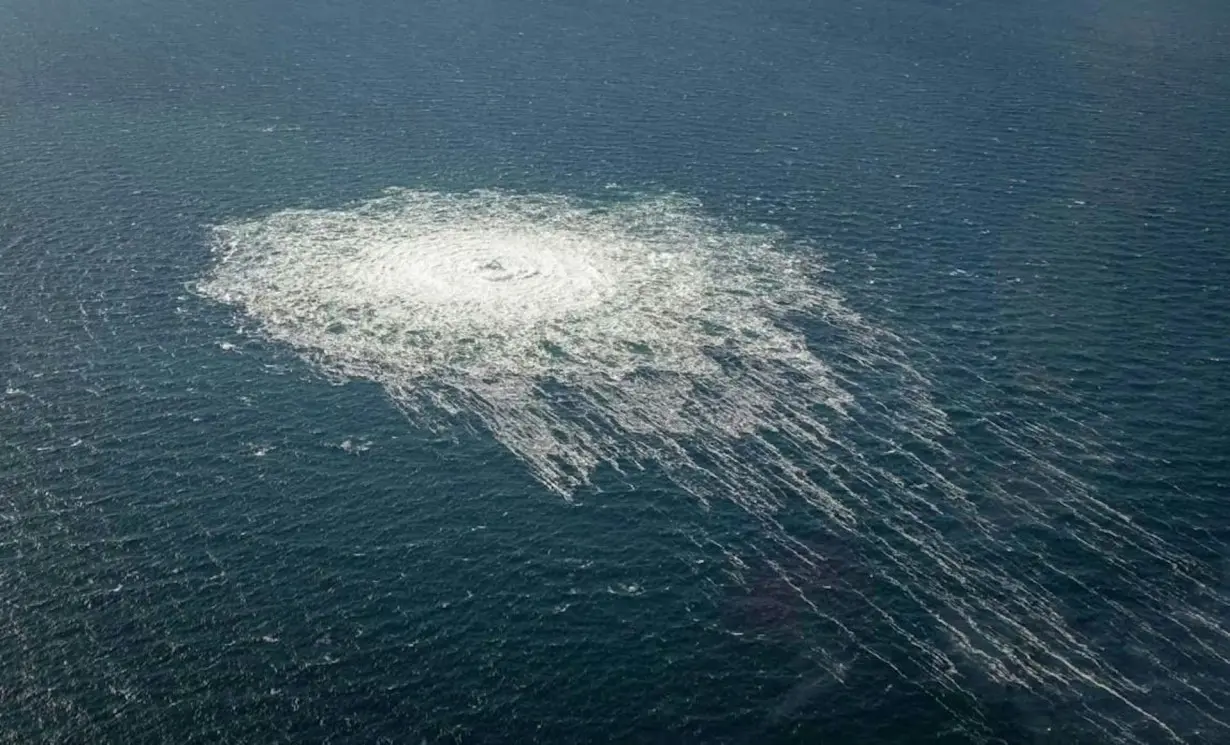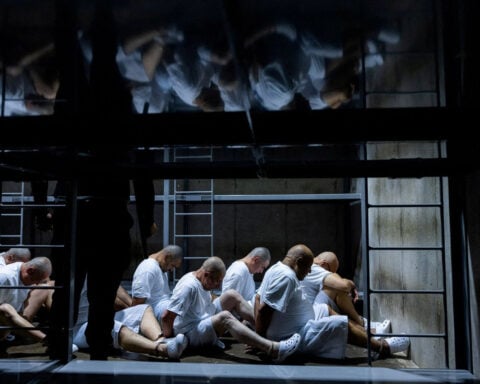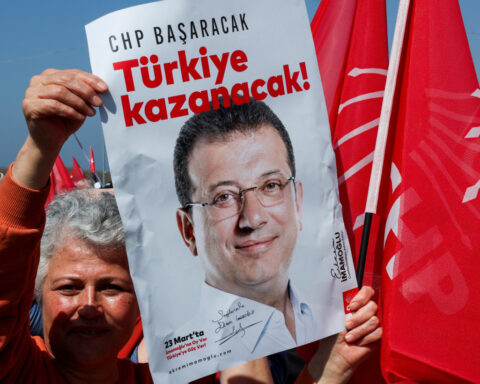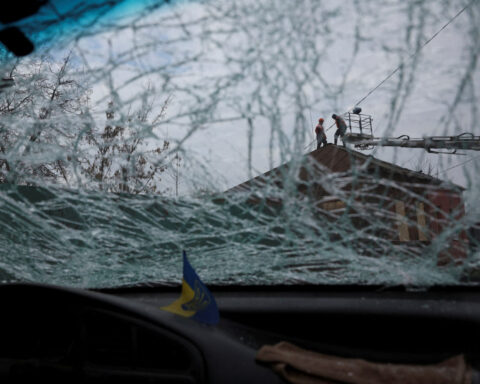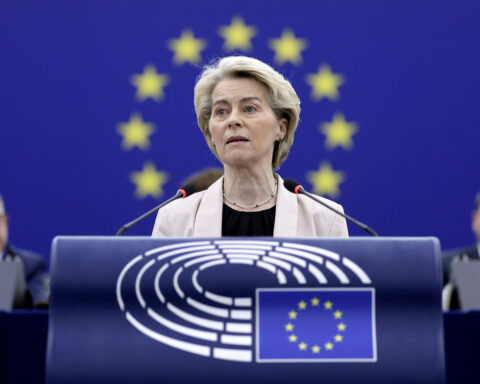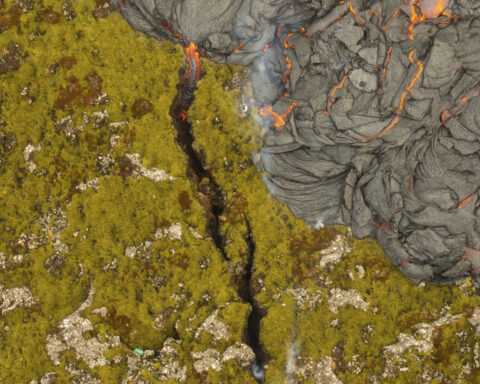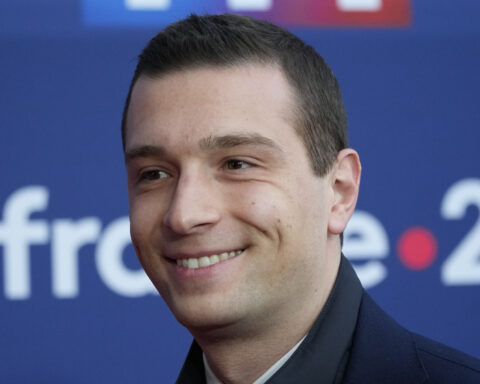Built and operated by a consortium led by the majority state-owned Gazprom, the Nord Stream pipelines expanded Russia’s ability to weaponize energy by exerting control over natural gas pricing and rates of flow. For this reason, Putin’s adversaries, including Ukrainian President Volodymyr Zelenskyy, viewed Nord Stream 2 as a dangerous geopolitical weapon during its construction in 2021. Nord Stream 2’s completion meant Russia’s gas delivery to Europe – much of which is dependent on Russia for its natural gas needs – could largely bypass Ukraine and end the need to pay transit fees to both Ukraine and Poland.
As such, Ukraine had a clear interest in stopping the flow of gas through the Nord Stream pipelines. So, too, did Russia’s competitors in the European energy market, including Norway and the United States. And so too, arguably, did German political parties advocating for energy transition toward sustainable and renewable sources.
Despite being completed, Nord Stream 2 was not in use when Russia launched its full-scale invasion, having been blocked by German energy regulators. And Nord Stream 1, which had entered service in 2012, was shut down indefinitely by Russia in August 2022.
More than a mystery
As such, it wasn’t such a jump for Western analysts to accuse Russia of destroying its own now-useless pipeline to signal its willingness and capacity to attack undersea infrastructure.
But as time passed, this view was crowded out by stories that treated the sabotage as a real-life whodunit mystery, with a focus on uncovering motives and means. Investigative journalists and other analysts studied statements in the public record, leaks from alleged whistleblowers, geospatial data, financial records and even reenactments of the attack in an attempt to crack the case.
Some, including Pulitzer Prize-winning journalist Seymour Hersh, traced responsibility all the way to the CIA and the Oval Office.
Unable to corroborate Hersh’s story, most U.S. media opted against echoing its claims, and the White House has consistently denied them.
Feeding conspiracy theories
Hersh’s take includes a belief that powerful Western interests pressured investigators and fed stories to the media to conceal the truth.
This second-order speculation – claiming that the original crime has been compounded by a cover-up – has long been promoted by Russia, too. After Sweden and Denmark halted their investigations, Moscow’s representative to the United Nations Security Council, Vasily Nebenzya, called for the U.N. to take over the investigation, saying: “It is as if a crime was committed — a murder — and a year later, the investigative authorities concluded that the victim was murdered.”
Russian disinformation
Russia has since accused German prosecutors of preparing to close the investigation without identifying those responsible.
The appeal of this framing to Moscow is clear. First, it fits Putin’s argument that NATO is constantly scheming against Russia. And second, it offers the promise of Russia recouping the cost of the Nord Stream sabotage from insurance companies. Insurers have so far refused to pay out, citing official findings that the sabotage was “an act of war.”
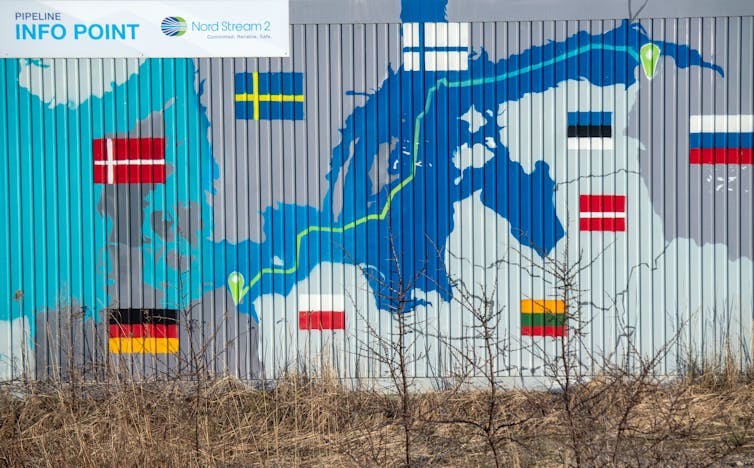
Mapping out the investigation into the Nord Stream blasts.
Moscow, in its relentless pursuit of proof of NATO and U.S. complicity, will likely not be satisfied by the German investigation’s single arrest warrant. Russia wants to put the U.S. in the dock, too – after all, President Joe Biden did threaten NATO action to shut down Nord Stream early in 2022. And Moscow responded to the German warrant of a Ukrainian by doubling down on its accusation that the U.S. ordered the attack.
Here, Russia could lean on the words of high-profile U.S. figures such as Republican Congresswoman Marjorie Taylor Greene, who has repeated disinformation from confirmed Russian propaganda outlets, and former Fox News host Tucker Carlson, who praised the quality of life in Moscow during a much-criticized Putin interview.
After the Nord Stream blasts, both Greene and Carlson were quick to assert that Russia was not responsible and, by implication, that the U.S. may have had a role.
Truth isn’t the goal
Keeping the Nord Stream “mystery” alive distracts attention from Russia’s documented crimes in Ukraine, including attacking civilian infrastructure and, according to the U.N. Human Rights Council, displaying a “disregard for basic principles of humanitarian law and its human rights obligations.”
In the years since the Nord Stream blast, Russia has leaned on its extensive capacities in disinformation and propaganda to push its narrative. In this, Russia has form.
In January 2022, U.S. government sources reported that Russia was staging attacks against pro-Russian civilians in eastern Ukraine and blaming Kyiv, to justify the invasion. Similarly, analysts have cited the supposed May 2023 Ukrainian drone attack on Moscow as an example of Soviet-style “false flag” operations. It is this track record that has prompted German security personnel to suspect that in regard to Nord Stream, the evidence trail leading to Ukraine was fabricated by Russian operatives.
Speculation is seductive, and the Nord Stream case has attracted its fair share over the past two years – a period in which Russia has pursued a broad campaign to sow deliberate lies and disinformation. In that same period, Putin has persistently violated international law.
Russia’s narrative on Nord Stream may well, when all the investigations are said and done, be the dominant one. But what is clear is that Putin’s accusations against Ukraine and the United States are motivated not by commitment to justice, but by a drive to disrupt and distract. Truth is not his goal, but a target.

Keith Brown is the Director of Arizona State University's Melikian Center for Russian, Eurasian and East European Studies, that receives support from the US Department of State to train US graduate students in less-commonly taught languages of Russia, East Europe and Central Asia.
Source: The Conversation

 Trump has begun another trade war. Here's a timeline of how we got here
Trump has begun another trade war. Here's a timeline of how we got here
 Canada's leader laments lost friendship with US in town that sheltered stranded Americans after 9/11
Canada's leader laments lost friendship with US in town that sheltered stranded Americans after 9/11
 Chinese EV giant BYD's fourth-quarter profit leaps 73%
Chinese EV giant BYD's fourth-quarter profit leaps 73%
 You're an American in another land? Prepare to talk about the why and how of Trump 2.0
You're an American in another land? Prepare to talk about the why and how of Trump 2.0
 Chalk talk: Star power, top teams and No. 5 seeds headline the women's March Madness Sweet 16
Chalk talk: Star power, top teams and No. 5 seeds headline the women's March Madness Sweet 16
 Purdue returns to Sweet 16 with 76-62 win over McNeese in March Madness
Purdue returns to Sweet 16 with 76-62 win over McNeese in March Madness
